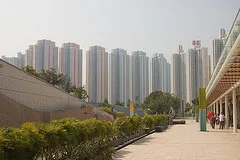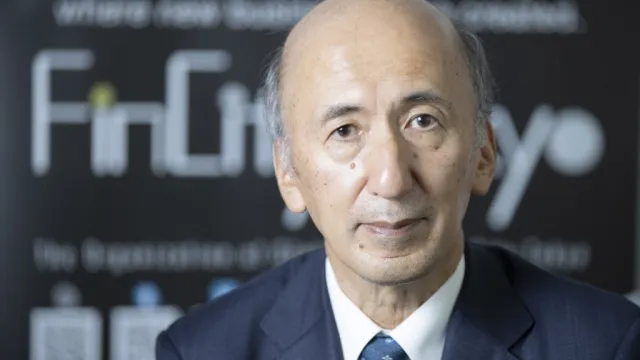
Government jacks up Stamp Duty to 15% for residential property
A drop in transaction activities is expected.
The government has raised Stamp Duty to a new flat rate of 15% for residential property, except first time local buyers.
According to a research note from Citi, this new 15% Stamp Duty will replace the Double Stamp Duty (DSD) rates that were introduced back in 2013. The previous rates range from 1.5% to 8.5% depending on the value of the property.
The new measure is effective from November 5 and is applicable to individual and corporate purchasers. Similar to previous macro-prudential measures announcements, an immediate drop in transaction activities and cooling of home price rise for the upcoming months is expected.
Here's more from Citi:
However, ultimately medium term property market trends will be determined by supply and demand – where supply is structurally insufficient despite record high primary supply pipeline forthcoming in the next 3 to 4 years; and risk sentiment and liquidity are part of the demand function – which we think both would be seeing two near term tests, i.e. US Presidential Elections next Tues and an expected Fed rate hike in Dec.
Property market revival since Mar16 prompted today’s cooling measure: Today’s announcement is the first demand side measure that the Government has announced in the past twenty-one months. During the period, the Government has dedicated efforts to address supply issues (for both land and public housing supply). The property market trend, as summarized by the Centa-City Leading Index (Figure 1), saw notable cooling between Sep15 to Mar16. However, since the trough in Mar16 the Centa-City Leading Index rose 12.6% by Oct16.
The rate increase targets both local investors and foreign buyers in the residential market. The new measure continues to exempt genuine home buyers, just like the previous DSD regime. The rate increase to 15% affects smaller size homes most, as explained by officials during the press conference that interest in small/medium size flats have risen sharply in recent months, and many transactions appear are for investment purposes (as these buyers own more than one property).
This is in line with the official property price index trends, where the mass market rose 10.2% between Mar to Sep 2016, while the luxury proprieties only rose by 1.4%. In addition, we have previously argued that anecdotal evidence suggests a renewed increase in Mainland Chinese buyer interest in HK properties. HK properties look increasingly attractive (even including the various government taxes) when compared to the sharp increase in Tier 1 cities’ property prices this year and the on-going launches of macro-prudential measures/restrictions by various Tier-1 cities. We believe the Government wanted to mitigate the effects of south bound liquidity inflows pushing up home prices further, which in turn will affect local’s home affordability.








![Cross Domain [Manu + SBR + ABF + ABR + FMCG + HBR + ]](https://cmg-qa.s3.ap-southeast-1.amazonaws.com/s3fs-public/styles/exclusive_featured_article/public/2025-01/earth-3537401_1920_4.jpg.webp?itok=WaRpTJwE)









 Advertise
Advertise


